The Property of the Late R.M. Poole Esq. 1904 TALBOT 11hp MODEL CT2K TWO-SEATER Registration No: DX 128 Engine No: 2046 Chassis No: 3085 Colour: Dark green with crimson coachlines, black upholstery. Engine: 2-cylinder water-cooled, 90 mm x 120 mm bore & stroke (1526 cc), individual cylinders, T-head, HT magneto & trembler-coil ignition, exhaust pressure-feed lubrication. Transmission: cone-clutch, 3-speed & reverse gearbox with right-hand quadrant change, shaft drive to bevel rear axle. Chassis: pressed steel with semi-elliptic suspension front and rear, 6' 6'' wheelbase, 4' 2'' track. Brakes: internal expanding, on rear wheels from side lever and on transmission by foot pedal. Wooden wheels with 30 x 3½ beaded edge tyres. The British Automobile Commercial Syndicate was formed in 1902 to import cars of European manufacture into Britain, Chairman of the Company being the Earl of Shrewsbury & Talbot. Amongst the cars that the BACS sold were those made in France by Adolphe Clément. To the Clément name the Earl added part of his own title, creating Clément-Talbot Ltd (the acute accent on the first "e" not being used by the British company). In the middle of 1903 Monsieur Clément left his Clément-Gladiator firm which continued to make cars under these two individual names. To identify his new products Adolphe added the name Bayard to his surname and his cars and it was these Clément-Bayards that were sold by the BACS, initially as Clement-Talbots. For a number of years thereafter there was little technical difference between the cars sold on the continent by Clément-Bayard and those that Clement-Talbot Ltd. Sold throughout Britain and its Empire. In a sales leaflet dated the 30th September 1903, Clement-Talbot Ltd announced that henceforth its cars would be known by the name Talbot. However, confusion existed (and still exists) in the minds of both individuals and the motoring press particularly as Talbots, whatever the radiator badge stated, continued to have the A Clément name on their gearboxes and engines even after the new Talbot works were opened in London, in November 1904. In 1904 the Talbot range of the six models ran from a 1-litre twin to a large 4.9-litre four-cylinder car. Of the range four were AC (Adolphe Clément) models, similar to previous Clément-Gladiator designs, whereas the other two were prefixed CT (Clement-Talbot). The most obvious difference between the two designations was that the AC models had bi-bloc engines with a single camshaft and the CTs had individual cylinders with a T-head layout of the valve-gear. All models shared the advanced features for 1903/4 of a pressed-steel chassis, magneto ignition, internal expanding brakes, shaft drive, and a significant interchangeability of parts between the various models. From the word go, so right was the design of Clément-Bayard and Talbot cars that for a number of years afterwards they were only changed in detail. In July 1904 The Autocar magazine ran a series of three articles on Talbots which it introduced with the statement: 'These cars, which were hardly know a few years ago, are now in the front rank of light automobiles. Their special features are power in proportion to weight, great flexibility of engine, silence, and ease control'. Reporting on the 8hp and 12hp (the successor to the CT2K with a slightly larger engine and a conventional honeycomb radiator) in March 1905 The Autocar commented: 'In these automobiles the latest and, as demonstrated by practice, the most satisfactory and efficient forms an automobile design are, as far as possible, embodied. In both the two-cylinder and four-cylinder form they are carefully designed and very soundly constructed. Wherever their predecessors could be improved, this has been done in these latest models'. This car is a good example of a 1904 pattern twin-cylinder Talbot with the low mounted gilled-tube radiator and 'coal-scuttle' or 'cheese-dish' bonnet, so familiar from De Dion Boutons, Renaults, Peug
The Property of the Late R.M. Poole Esq. 1904 TALBOT 11hp MODEL CT2K TWO-SEATER Registration No: DX 128 Engine No: 2046 Chassis No: 3085 Colour: Dark green with crimson coachlines, black upholstery. Engine: 2-cylinder water-cooled, 90 mm x 120 mm bore & stroke (1526 cc), individual cylinders, T-head, HT magneto & trembler-coil ignition, exhaust pressure-feed lubrication. Transmission: cone-clutch, 3-speed & reverse gearbox with right-hand quadrant change, shaft drive to bevel rear axle. Chassis: pressed steel with semi-elliptic suspension front and rear, 6' 6'' wheelbase, 4' 2'' track. Brakes: internal expanding, on rear wheels from side lever and on transmission by foot pedal. Wooden wheels with 30 x 3½ beaded edge tyres. The British Automobile Commercial Syndicate was formed in 1902 to import cars of European manufacture into Britain, Chairman of the Company being the Earl of Shrewsbury & Talbot. Amongst the cars that the BACS sold were those made in France by Adolphe Clément. To the Clément name the Earl added part of his own title, creating Clément-Talbot Ltd (the acute accent on the first "e" not being used by the British company). In the middle of 1903 Monsieur Clément left his Clément-Gladiator firm which continued to make cars under these two individual names. To identify his new products Adolphe added the name Bayard to his surname and his cars and it was these Clément-Bayards that were sold by the BACS, initially as Clement-Talbots. For a number of years thereafter there was little technical difference between the cars sold on the continent by Clément-Bayard and those that Clement-Talbot Ltd. Sold throughout Britain and its Empire. In a sales leaflet dated the 30th September 1903, Clement-Talbot Ltd announced that henceforth its cars would be known by the name Talbot. However, confusion existed (and still exists) in the minds of both individuals and the motoring press particularly as Talbots, whatever the radiator badge stated, continued to have the A Clément name on their gearboxes and engines even after the new Talbot works were opened in London, in November 1904. In 1904 the Talbot range of the six models ran from a 1-litre twin to a large 4.9-litre four-cylinder car. Of the range four were AC (Adolphe Clément) models, similar to previous Clément-Gladiator designs, whereas the other two were prefixed CT (Clement-Talbot). The most obvious difference between the two designations was that the AC models had bi-bloc engines with a single camshaft and the CTs had individual cylinders with a T-head layout of the valve-gear. All models shared the advanced features for 1903/4 of a pressed-steel chassis, magneto ignition, internal expanding brakes, shaft drive, and a significant interchangeability of parts between the various models. From the word go, so right was the design of Clément-Bayard and Talbot cars that for a number of years afterwards they were only changed in detail. In July 1904 The Autocar magazine ran a series of three articles on Talbots which it introduced with the statement: 'These cars, which were hardly know a few years ago, are now in the front rank of light automobiles. Their special features are power in proportion to weight, great flexibility of engine, silence, and ease control'. Reporting on the 8hp and 12hp (the successor to the CT2K with a slightly larger engine and a conventional honeycomb radiator) in March 1905 The Autocar commented: 'In these automobiles the latest and, as demonstrated by practice, the most satisfactory and efficient forms an automobile design are, as far as possible, embodied. In both the two-cylinder and four-cylinder form they are carefully designed and very soundly constructed. Wherever their predecessors could be improved, this has been done in these latest models'. This car is a good example of a 1904 pattern twin-cylinder Talbot with the low mounted gilled-tube radiator and 'coal-scuttle' or 'cheese-dish' bonnet, so familiar from De Dion Boutons, Renaults, Peug

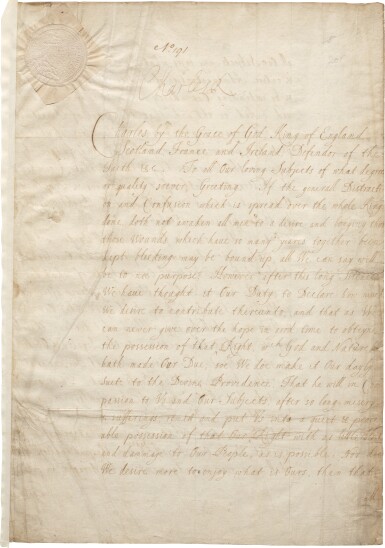
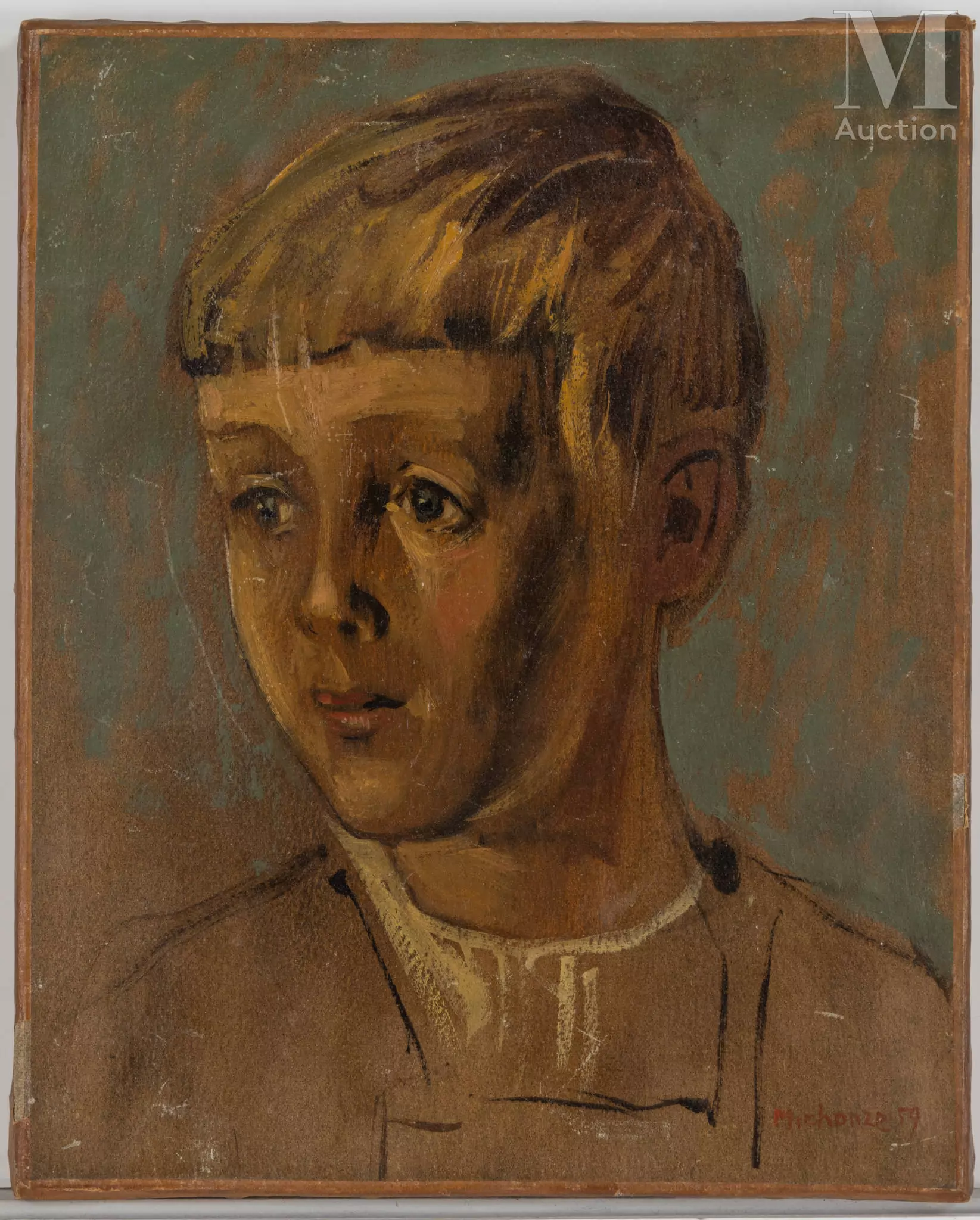
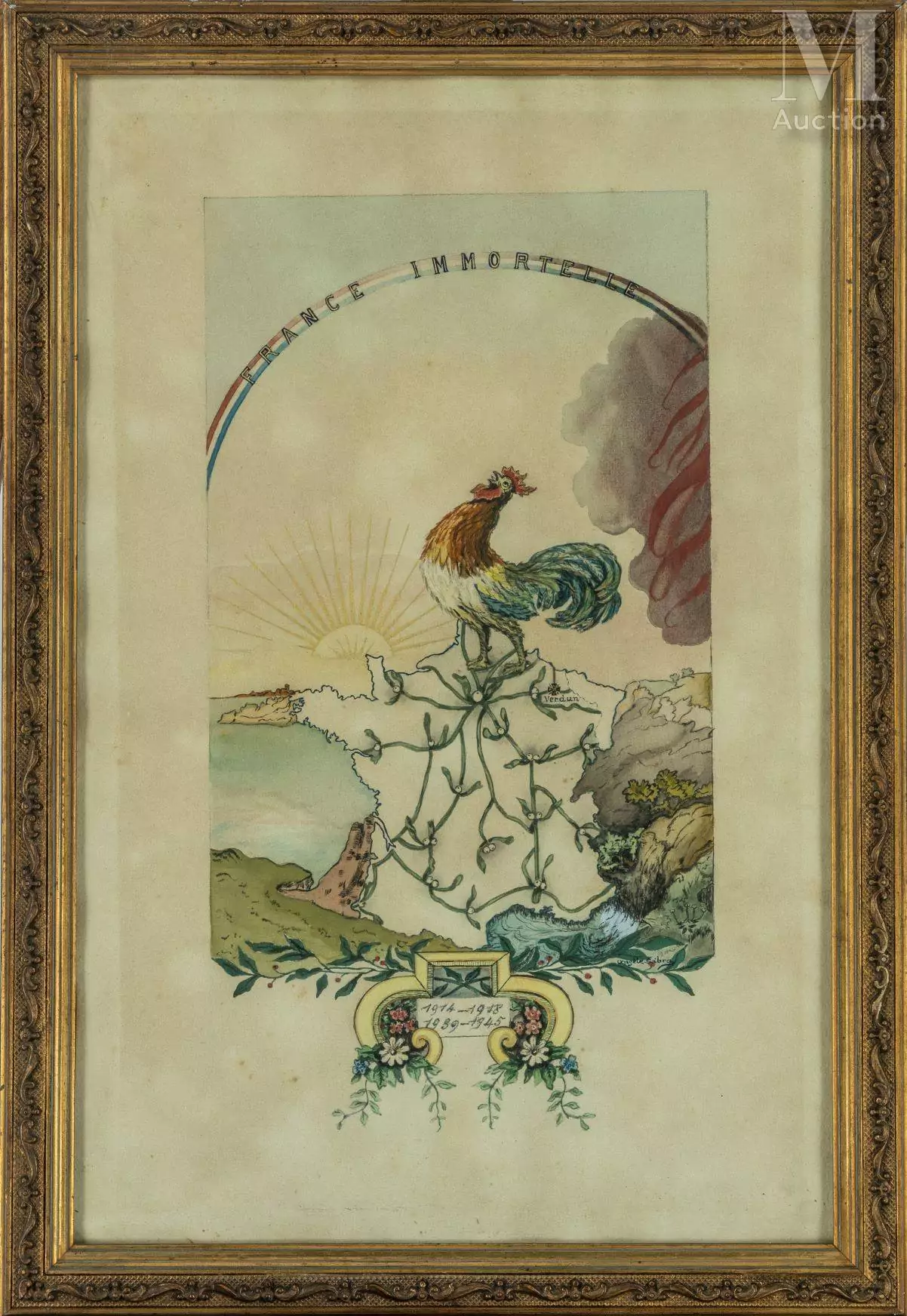

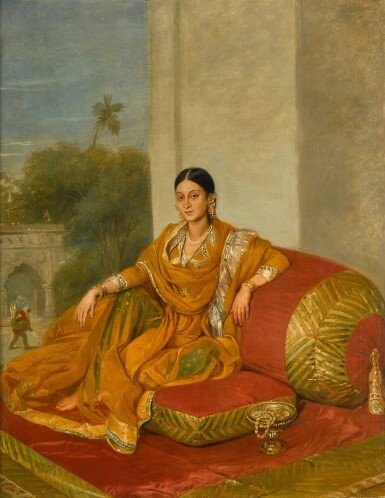
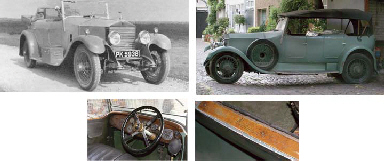
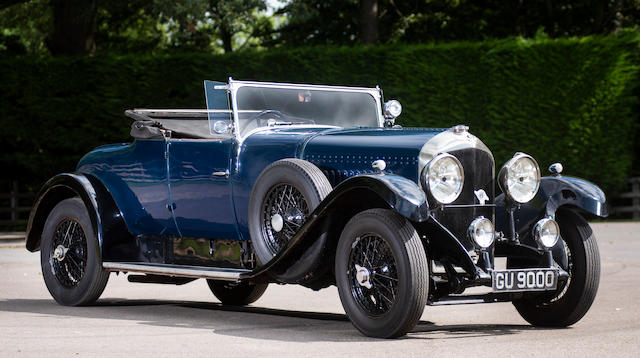
.jpg)
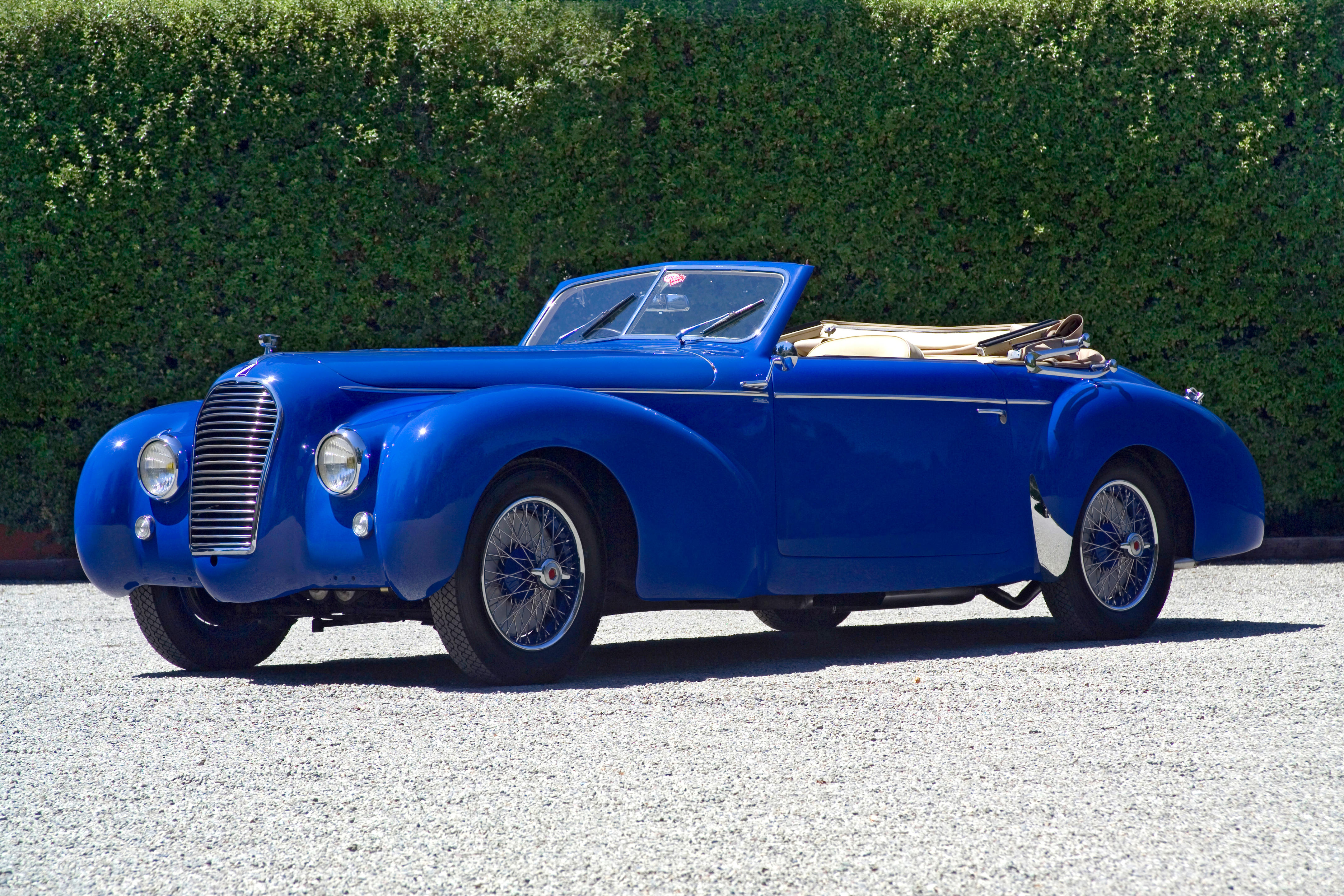
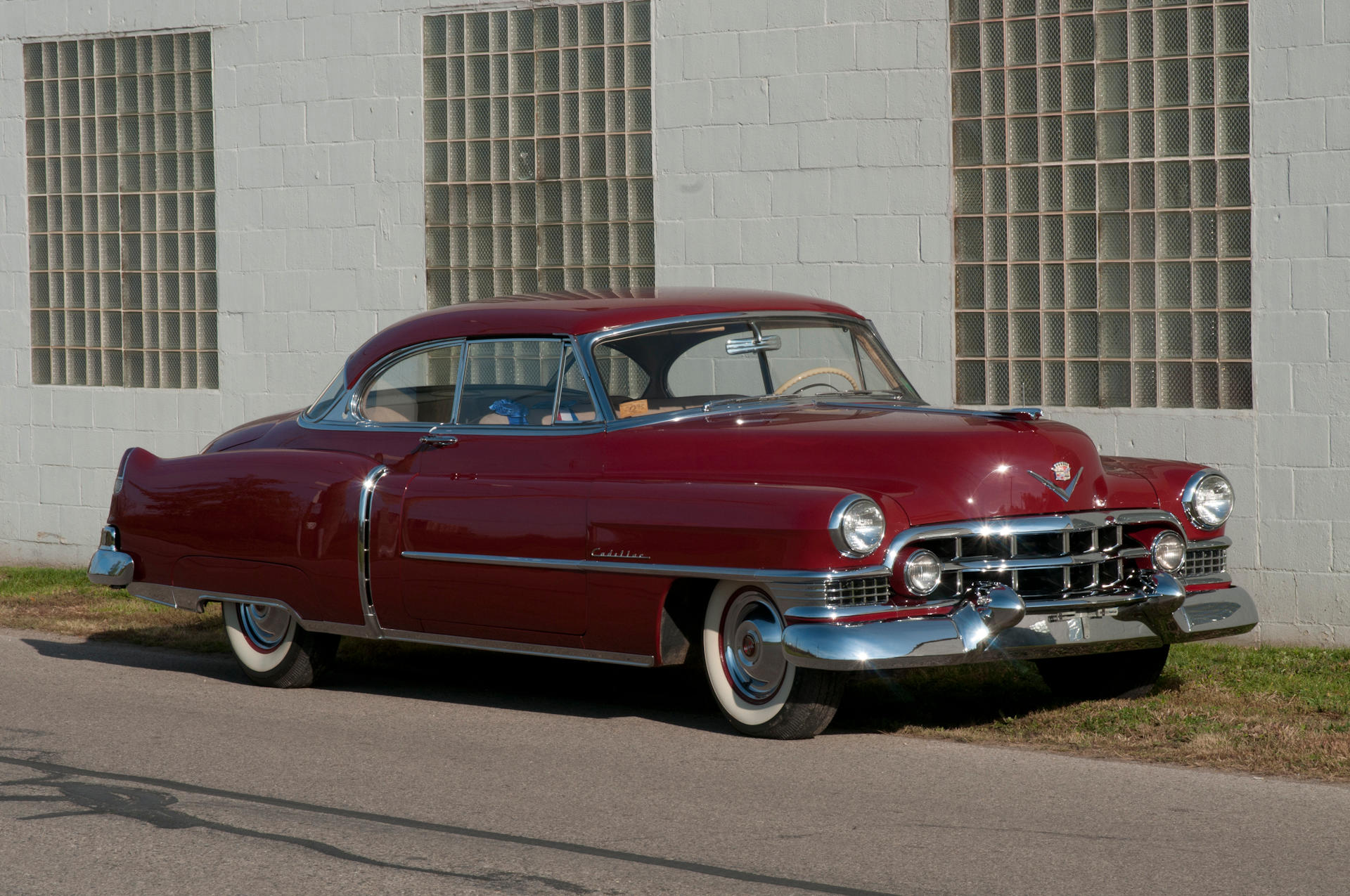
.jpg)
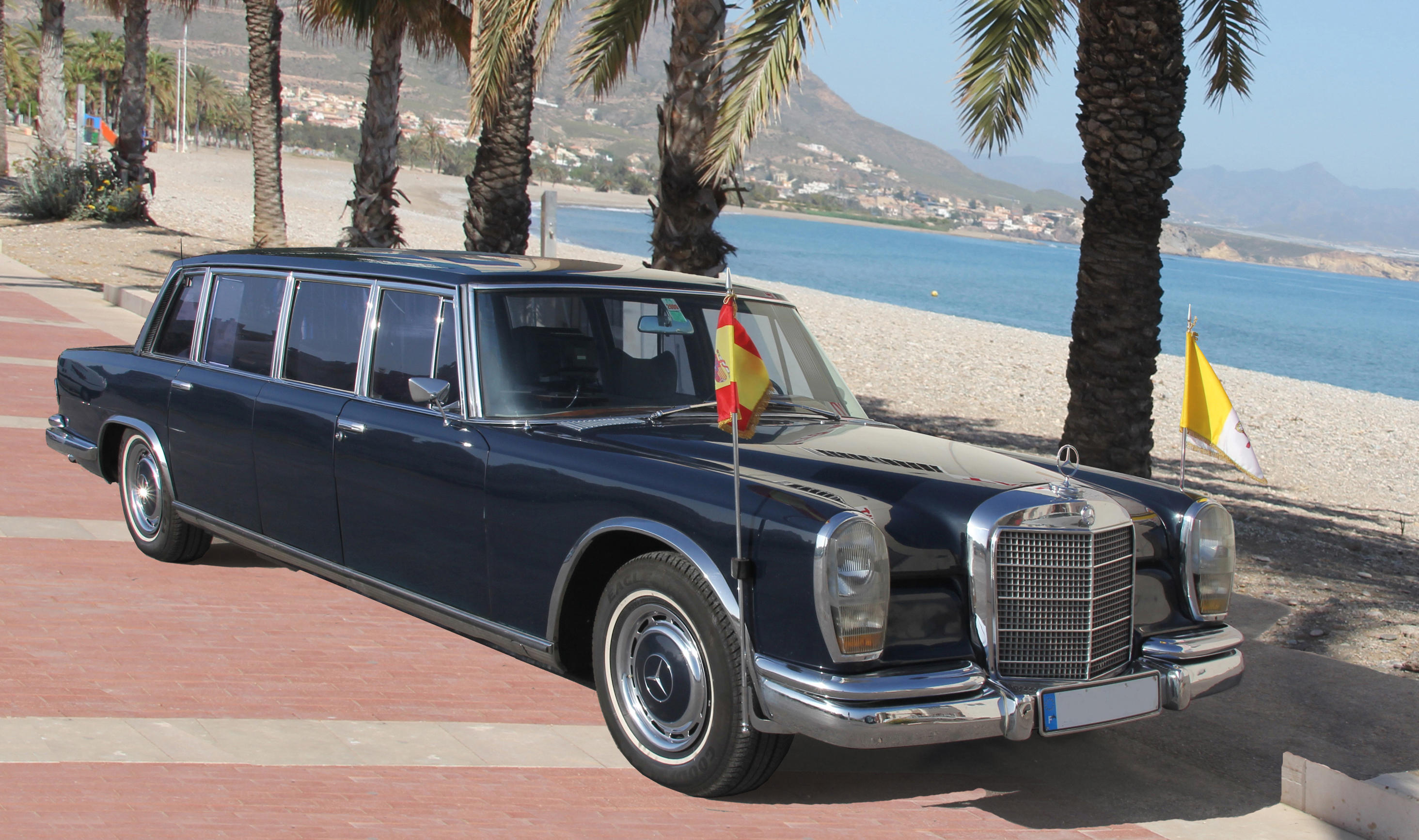

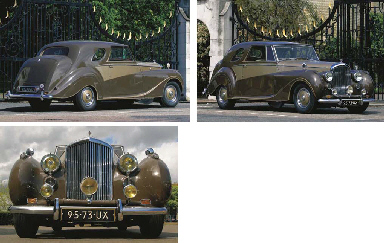
Try LotSearch and its premium features for 7 days - without any costs!
Be notified automatically about new items in upcoming auctions.
Create an alert